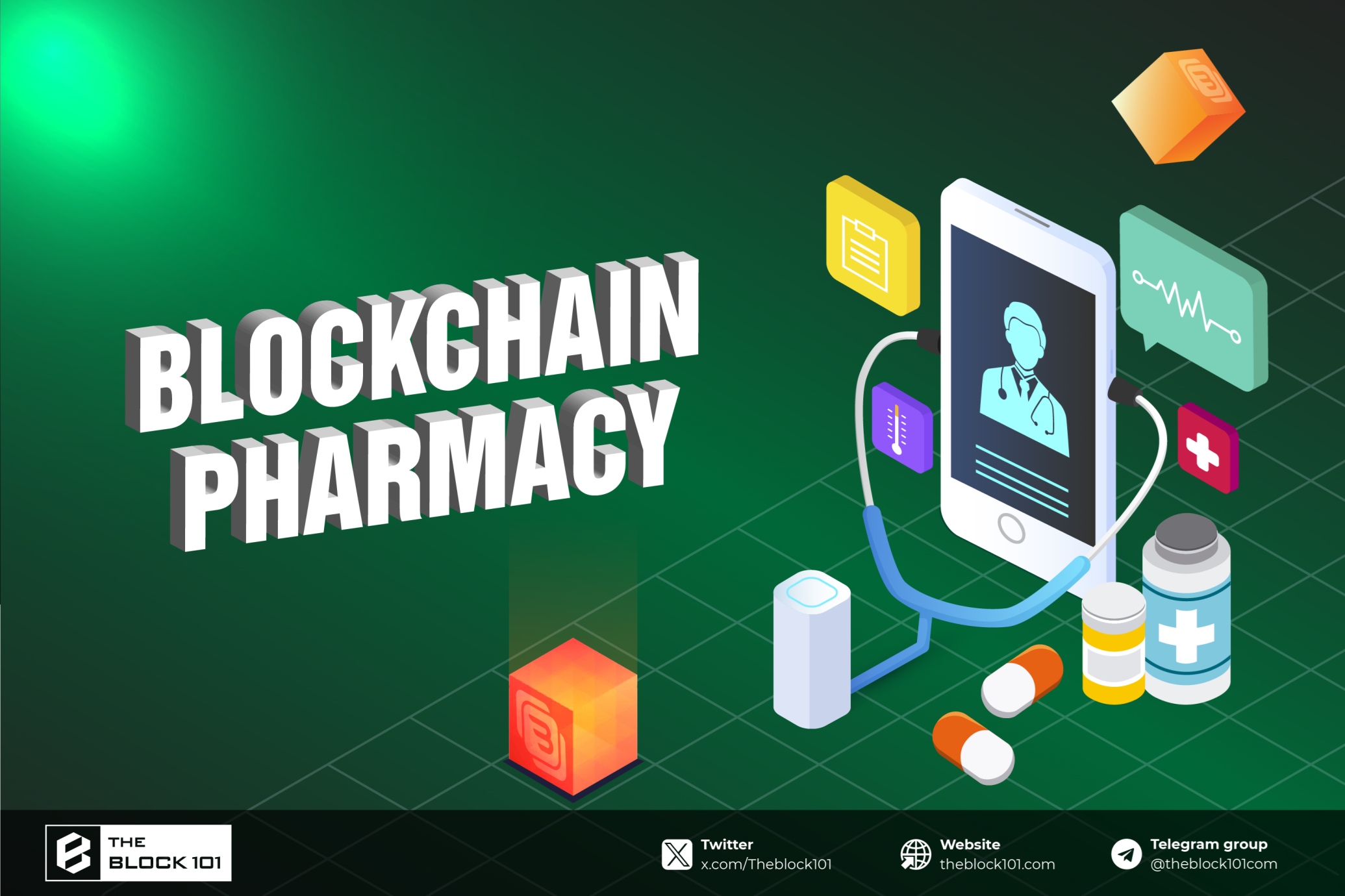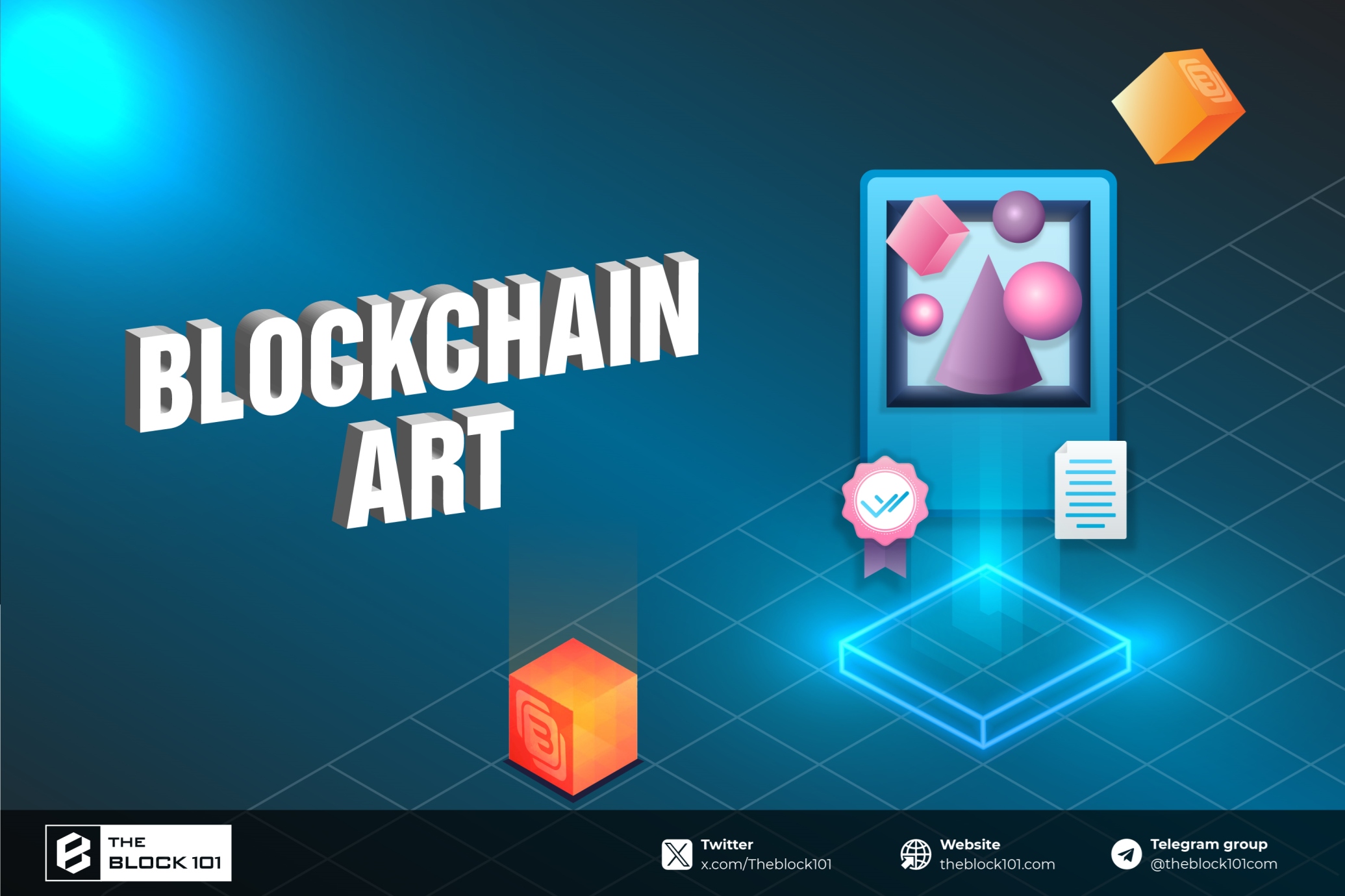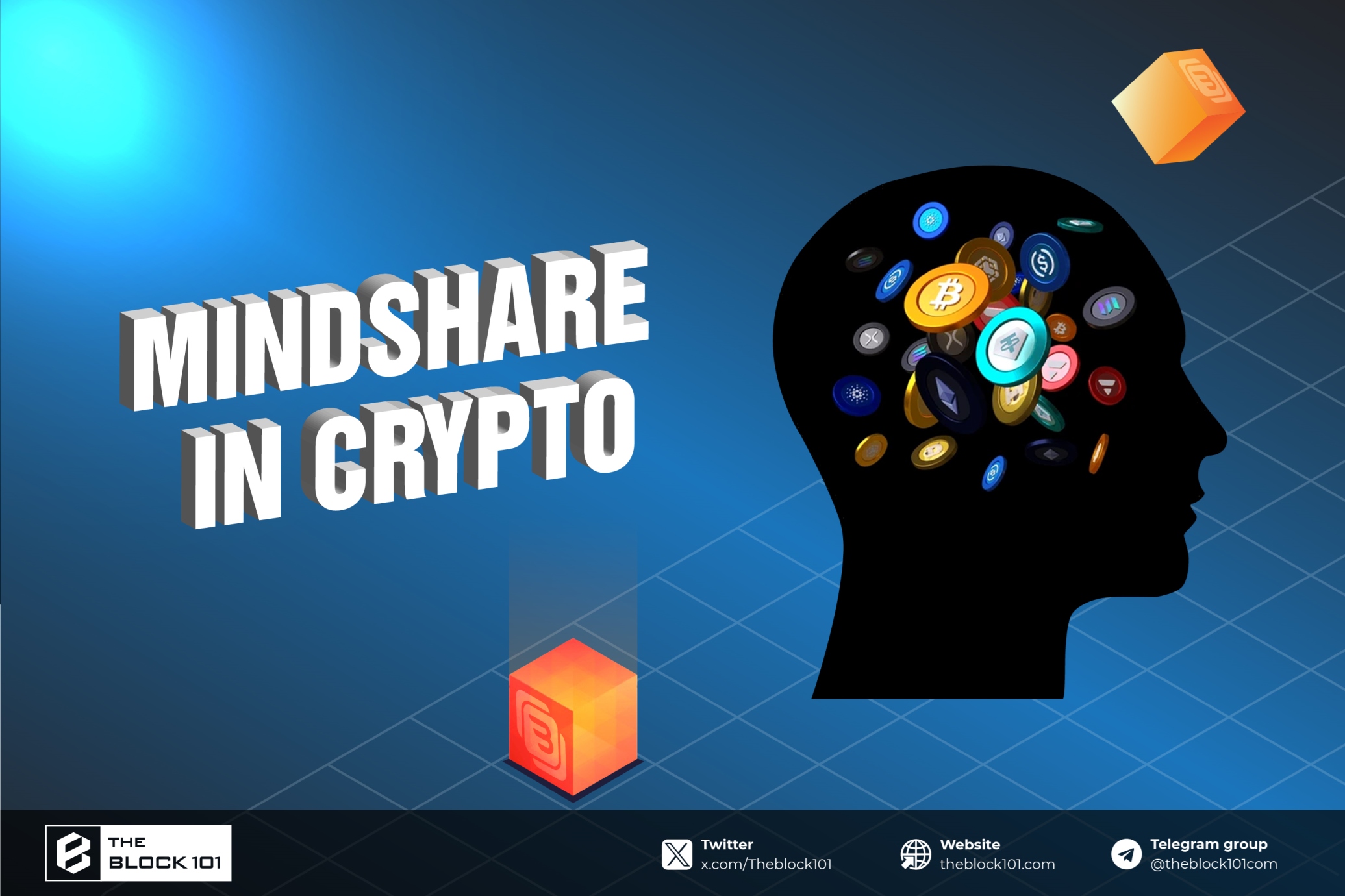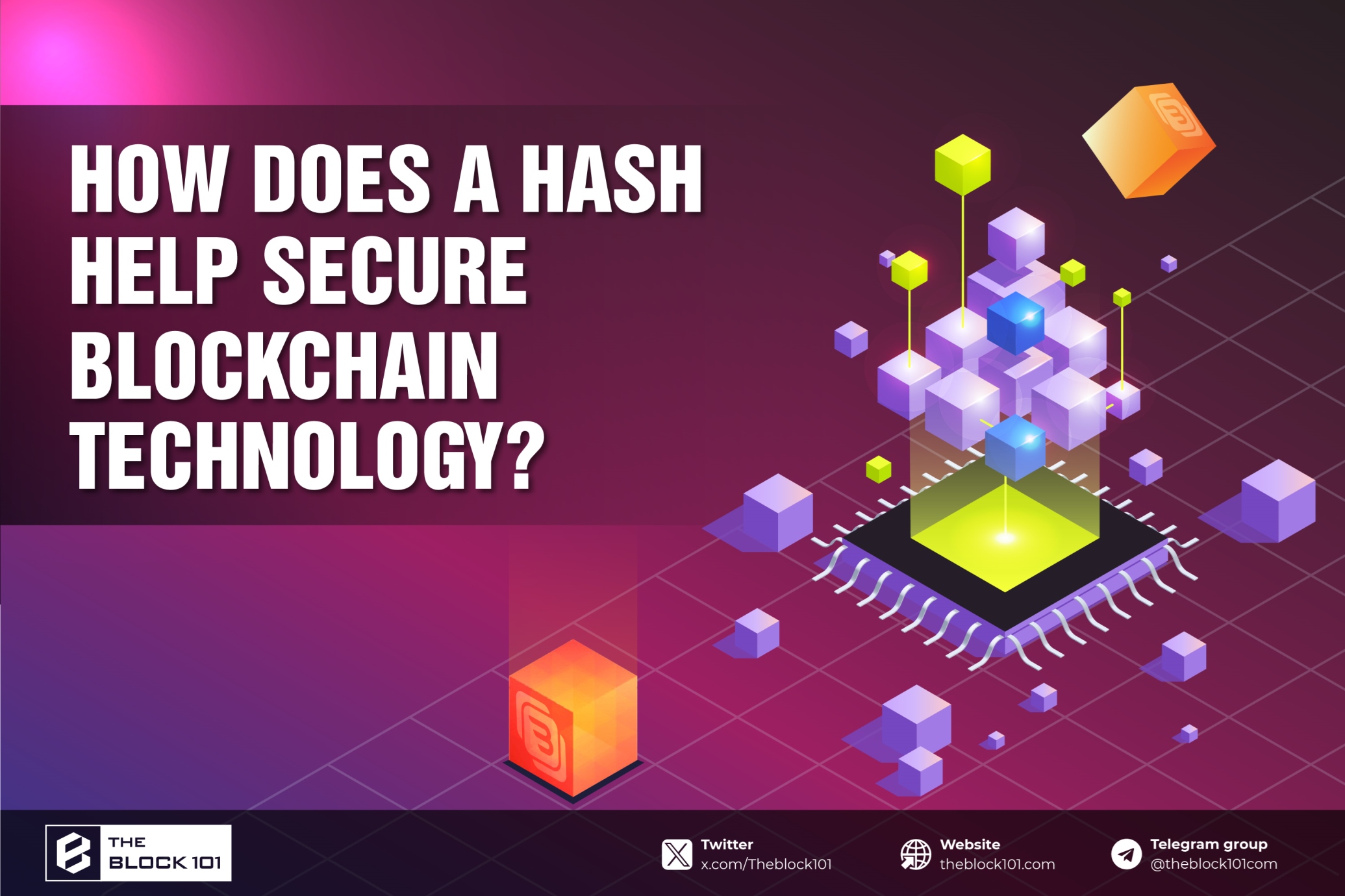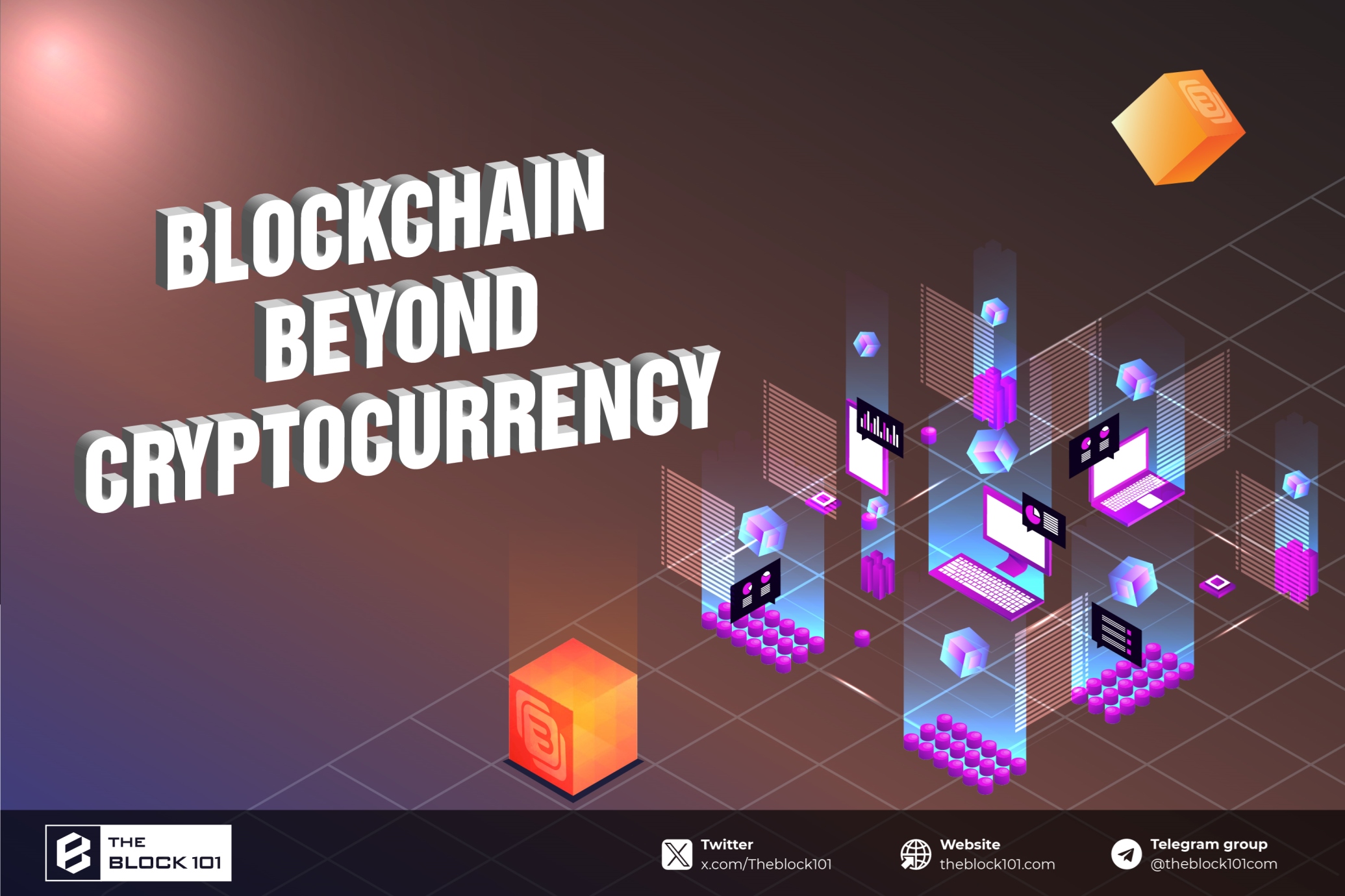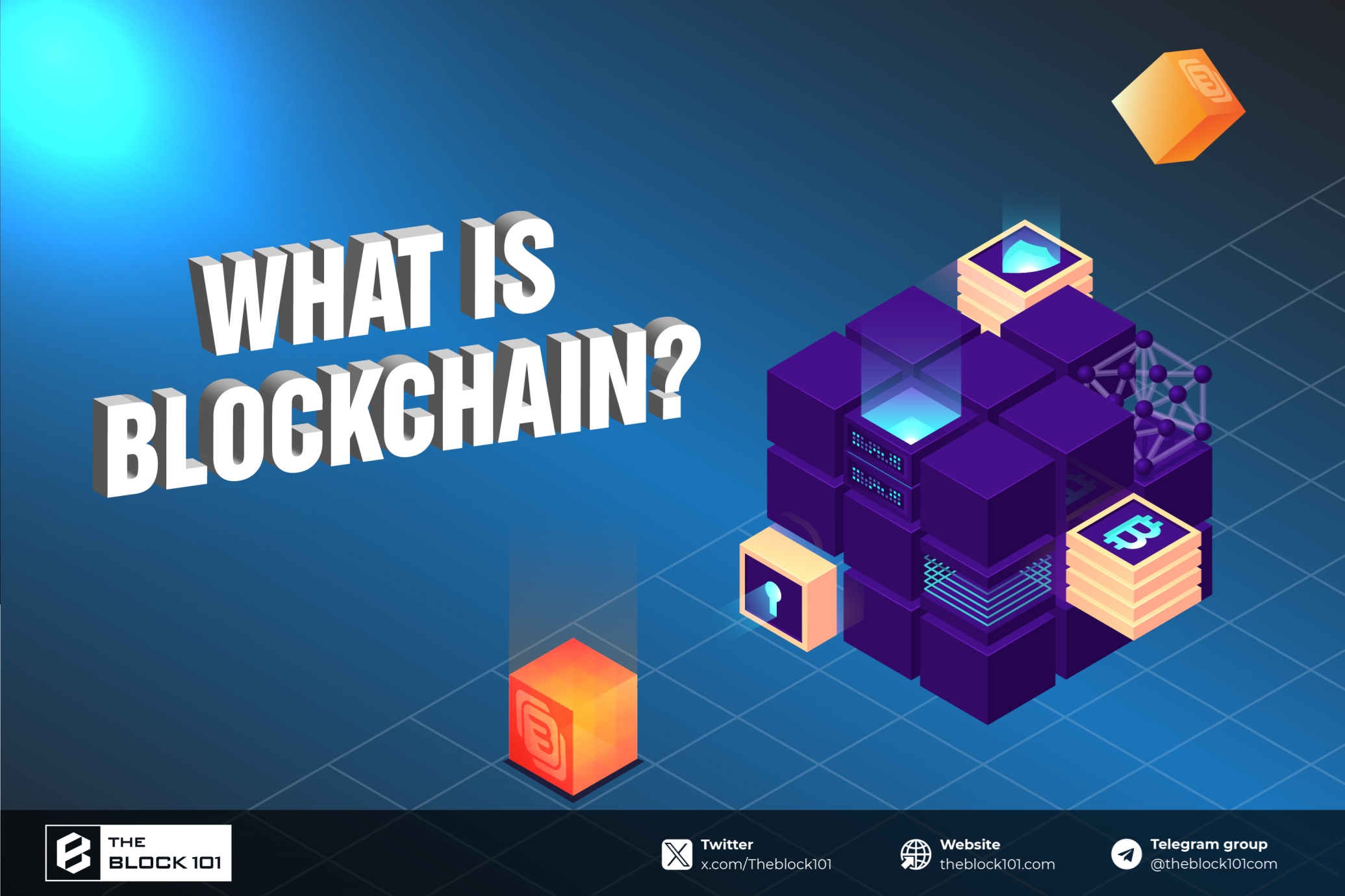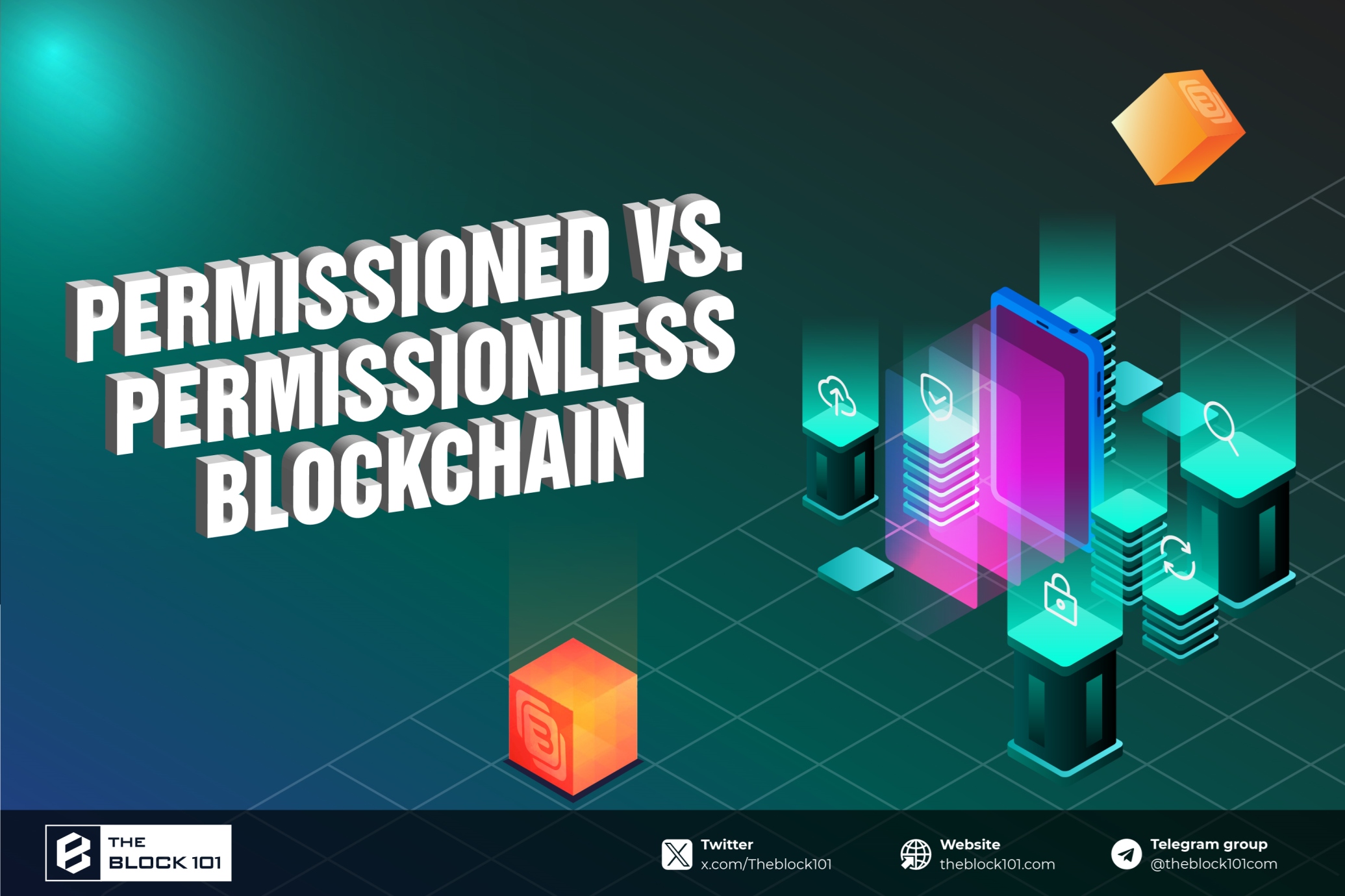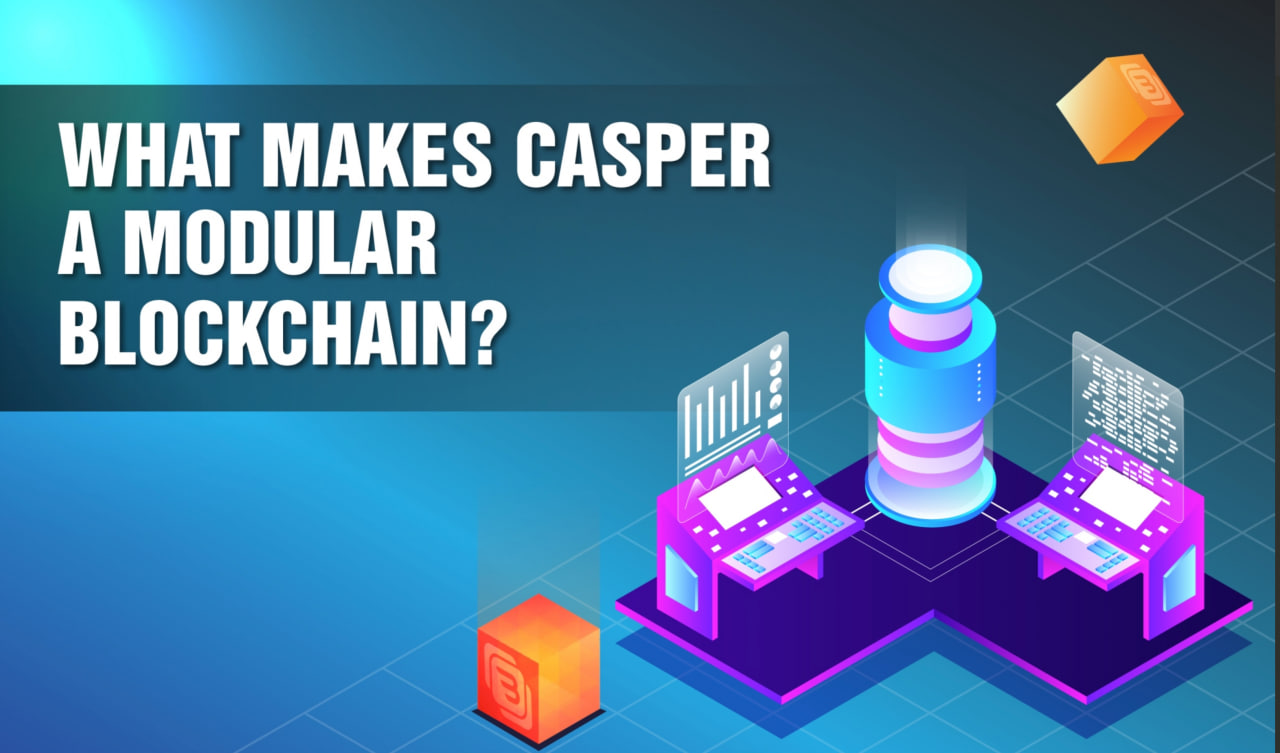1.What is the Lightning Network?
Lightning Network is a scaling solution for Blockchain, enabling off-chain transactions to be conducted quickly and efficiently. The basic idea of the Lightning Network is to create payment channels between parties, where only the final transactions are recorded on the Blockchain.
2. Origin of the Lightning Network
In theory, the maximum number of transactions the Bitcoin Blockchain can process is 10 transactions per second (though in practice, it is typically only 3 to 7 transactions per second). This number is far too low compared to conventional payment channels like VISA, which can handle up to 65,000 transactions per second.
As more people participate in transferring Bitcoin simultaneously, the Blockchain can easily become overloaded. This forces users to pay higher fees to ensure their transactions are prioritized. Thus, as the demand for using the Bitcoin network increases, transaction fees also rise.
For example, on April 20, 2021, the average Bitcoin transaction fee exceeded $50 per transaction. However, by August 9, 2021, this fee had dropped to just $2.50. This means that if you conduct large Bitcoin transactions, the fee is negligible, but if you only use Bitcoin for small transactions like buying coffee or paying gas fees, the cost becomes prohibitively expensive.
Faced with this problem, everybody usually considered ways to increase the network's throughput, but it's not simple. The limiting factor for the Bitcoin network is that every transaction must be included in a new block on the Blockchain, and a new block is created only every 10 minutes. To increase throughput, the block creation speed would need to be increased, which would reduce the network's decentralization, stability, and fault tolerance. This also impacts some of the core values of Blockchain technology.
With these challenges, the Lightning Network was created to help the Bitcoin network scale.
3. Lightning Network's operating mechanism
The Lightning Network operates on a P2P (Peer-to-Peer) mechanism, without any intermediaries. This process involves three steps as follows:
- Step 1: Setting up a payment channel
The participating parties will open a payment channel by depositing a certain amount of Bitcoin into a smart contract on the Bitcoin Blockchain.
- Step 2: Transactions in the payment channel
Each payment channel is considered a "safe deposit box," where both parties deposit an amount of money and each party has a safe key. This action is recorded on the Blockchain as an "opening channel transaction."
Subsequently, transactions between the two parties can be conducted by transferring promises of ownership of the money in the channel. These transactions do not need to be recorded on the Blockchain every time they occur, so they happen extremely quickly.
- Step 3: Closing the payment channel
If either party wishes to close the channel, they can do so immediately by opening the deposit box and retrieving their money. This is recorded on the Blockchain as a "closing channel transaction."
Using this payment channel mechanism, we can create a network of payment channels, which helps reduce the burden on the main Blockchain and increase transaction speed.
Example: three individuals - A, B, and C. The idea is: If A and B open a payment channel between them, and B also opens a channel with C, then A can send money to C through B. Specifically, if A wants to send 2 BTC to C, B will transfer 2 BTC to C, and then A will reimburse 2 BTC to B.
This is the way the Lightning Network operates. By avoiding the constant recording of transactions on the Blockchain, it helps speed up transaction processing.
4. Why is the Lightning Network important?
The Lightning Network plays a crucial role because it addresses several key issues of the Bitcoin network and provides significant benefits as follows:
-
Significantly reducing transaction time
After integrating the feature of depositing and withdrawing Bitcoin (BTC) through the Lightning Network, Binance allows users to deposit and withdraw BTC on the Binance platform faster than traditional methods. On average, a BTC transaction could take about 10 minutes to complete. The Lightning Network substantially reduces this time, allowing users to use their funds for transactions, staking, money transfers, or other purposes more quickly.
-
Scalability
The original Bitcoin blockchain has limitations in capacity, only able to process a certain number of transactions per second. As more people use it, the network can become slow and congested, leading to delayed transaction confirmations. This can inconvenience users who desire fast and efficient transactions. The Lightning Network helps alleviate pressure on the Bitcoin blockchain by allowing thousands of transactions to occur off-chain. This helps reduce the load on the main network and address issues of high fees and transaction confirmation times.
-
Transaction cost savings
Due to limited block space on the Bitcoin blockchain, users must compete to have their transactions included in the next block by paying higher fees. During peak times, these fees can significantly increase, making transactions with small values impractical and costly. Microtransactions
The Lightning Network enables the efficient and low-cost transaction of very small amounts of money, called satoshis. This opens up new possibilities for applications like micro-payments, where small payments can be conveniently and economically made.
-
Privacy
The Lightning Network provides a high level of security by allowing users to maintain privacy over their transactions. Payment channels are created and closed without needing to disclose transaction details outside the network, enhancing user privacy.
5. Challenges
While the Lightning Network has many benefits in processing Bitcoin transactions quickly and with low fees, it also faces significant challenges. Here are some issues that this network is currently facing and need to be addressed to maximize its potential:
Wallet support limitations: Lightning targets microtransactions, but Lightning-supported wallets are still not user-friendly for everyday users and are in early stages of development, so caution is needed when using them to ensure financial safety.
Internet connection requirement: Lightning transactions always require an internet connection to complete, unlike Bitcoin transactions on-chain, which can be conducted offline.
Centralization and security risks: Some nodes with large balances are better connected and prioritized in payment routing, leading to security risks and excessive centralization.
Lack of appeal compared to competitors: The amount of BTC held in the Lightning network is relatively small compared to competing platforms like Bitcoin locked on Ethereum-based platforms. Transacting Bitcoin via BTC on Ethereum is faster and offers more DeFi benefits.
Attack vectors: The Lightning Network has faced attacks, although not resulting in financial loss, they can freeze the funds in the victim's payment channel to deal with the incident.
6. Conclusion
Although the Lightning Network is still developing and attracting attention from the cryptocurrency community, it still has some challenges to overcome. Issues such as technological complexity, wallet support limitations, and security risks remain challenges that need to be addressed.
However, with its significant potential and benefits, the Lightning Network is considered one of the most advanced technologies in the cryptocurrency payment space. In the future, further development and expansion of the Lightning Network could promote the overall development of the cryptocurrency market and how we conduct online payments.
Read more:

 English
English Tiếng Việt
Tiếng Việt.jpg)


